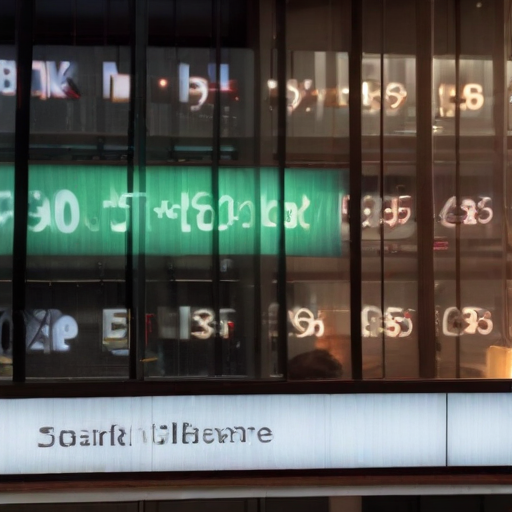As interest rates reach levels not seen in over 20 years and inflation continues to affect consumers, major banks are bracing for potential risks arising from their lending activities.
In the second quarter, financial giants such as JPMorgan Chase, Bank of America, Citigroup, and Wells Fargo reported an increase in provisions for credit losses compared to the previous quarter. These provisions serve as a safety net for banks, covering possible losses from debts that are unlikely to be repaid. Specifically, JPMorgan set aside $3.05 billion, Bank of America earmarked $1.5 billion, Citigroup’s allowance climbed to $21.8 billion—tripling from the previous quarter—and Wells Fargo raised its provisions to $1.24 billion.
This increase in reserves indicates that banks are preparing for a tougher lending environment, where both secured and unsecured loans may lead to rising losses. The New York Federal Reserve recently reported that total household debt in the U.S. has reached around $17.7 trillion, encompassing consumer loans, student loans, and mortgages, raising concerns about consumers’ ability to manage their debts effectively.
As pandemic-era savings dwindle, credit card usage—and delinquency rates—are also on the rise. Credit card balances exceeded $1 trillion for the second consecutive quarter, according to TransUnion. Additionally, the commercial real estate sector faces ongoing challenges.
Brian Mulberry, a client portfolio manager at Zacks Investment Management, emphasized that the banking sector is still recovering from the effects of COVID-19, attributing much of the consumer health to government stimulus during that time.
Experts explain that the provisions recorded by banks do not necessarily reflect current credit quality but rather their anticipations of future economic conditions. Mark Narron from Fitch Ratings pointed out a shift from traditional practices where provisions would rise only after loans began to default. Instead, macroeconomic forecasts now dictate provisioning levels, indicating a more preemptive approach to managing financial risks.
Currently, banks are preparing for constrained economic growth and expect rising unemployment rates, with potential interest rate cuts anticipated later this year. With these developments, delinquencies and defaults could increase as the year progresses.
Citigroup’s CFO, Mark Mason, highlighted a concerning trend among lower income consumers, who have seen their savings dwindle significantly since the pandemic. While higher-income consumers have maintained some savings, those in lower FICO score brackets are increasingly relying on debt, facing heightened inflation and interest rates.
The Federal Reserve maintains interest rates at a historical high of 5.25-5.5% as it waits for inflation to align with its 2% target before considering rate cuts.
Despite the concerns over increasing defaults, it’s noteworthy that current default rates do not indicate a full-blown consumer crisis. Mulberry expressed optimism by noting that many homeowners, who secured low fixed rates during the pandemic, are not feeling the impact as acutely as renters, who face significant rent increases and rising grocery prices without the same financial cushioning.
Overall, while the banking sector is preparing for potential challenges due to rising interest rates and inflation pressures, the recent earnings reports reveal strong revenues and profitability, indicating resilience within the banking industry. The current economic climate poses threats, but the foundation of the financial system remains robust, providing a degree of reassurance as the country navigates these turbulent times.
In summary, while banks are anticipating increased credit risks as economic pressures mount, their proactive measures and strong current performance suggest that they are well-positioned to manage potential challenges ahead. The situation underscores the importance of vigilance in monitoring economic indicators as the landscape continues to evolve.
